Fruit Seedlings
Fig Tree seedlings
The fig is the edible fruit of Ficus carica, a species of small tree in the flowering plant family Moraceae. Native to the Mediterranean and western Asia, …
KSh 500.00
CompareFig Tree seedlings
On average, a mature fiddle leaf fig tree costs @ ksh 300. Depending on age, source, and health.If you are looking for a fiddle leaf fig tree on a budget, looking at local plant swaps is the best way to go.
First to fruit with multiple harvests a year.
The intensely nutritious fig is one of a kind. Besides its creamy texture, subtle hints of berry with undertones of vanilla flavor, this age-old fruit is packed with more than a decadent taste. According to the American Diabetes Association, figs are high in fiber and help to promote functional control of diabetes, and its leaves can reduce insulin requirements, too. This fruit tree will not only surprise you with its hardiness and many luxurious culinary capabilities, it can also add a touch of character to any area where you let her stand gracefully.
How to Plant Fig Trees
Whether you’re planting your Fig Trees indoors or outdoors, select an area that receives 6 hours of sunlight or more per day. Also, areas with well-drained soil are ideal for Fig Trees.
How to Grow Fig Trees
First, make sure to transfer the plant from the pot it was shipped in into a new one. The container should be twice the size of the root ball, to leave room for establishment, and has to have drainage holes on the bottom.
After you’ve planted, establish a regular watering schedule. The easiest way to tell if your tree is thirsty is by sticking your finger into the soil. If the soil is dry, then it’s time for watering. If it’s moist, then it’s good to go.
To help the roots get established in the ground, dig your hole two to three times the size of the root ball. Your outdoor fig won’t require as many waterings as those planted in containers. Water your tree at least once or twice a week. This will promote growth and help the roots get established. After the first year, it will not require as many waterings.
When to Prune Fig Trees, Pollination and More
Though our figs are self-fertile, meaning it can bear plenty of fruit without a pollinator, figs go through a unique process when it comes to pollination. Because figs are not fruit, but inverted flowers, they cannot depend on the wind or bees to spread their pollen. This intensely nutritious flower is filled with an assortment of unopened blooms that line the inner walls of its velvety skin. The only way that a fig can be pollinated is by microscopic wasps called fig wasps.
When you prune, wait until the dormant season and use sterilized clean shears. Only prune after fruiting and make your cuts at a 45-degree angle.
Because our plants are grafted, you can skip the boring part and get straight to the results. Instead of two years, you may get fruit within the first year! You’ll know your figs are ready to be harvested once they droop, soften, and change color. Unlike most fruit, figs do not ripen off the tree. So, it’s important to examine your figs first before picking.


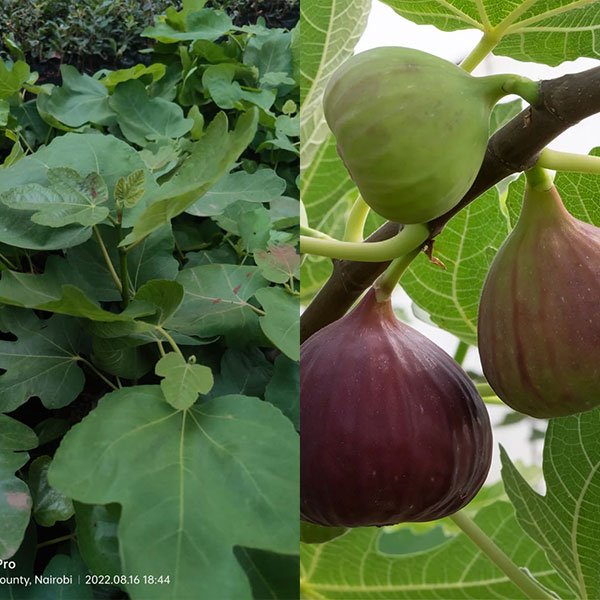
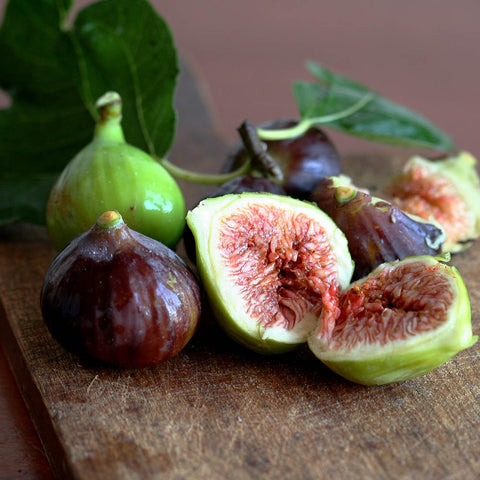

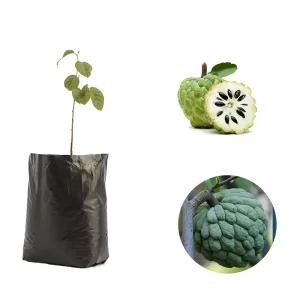
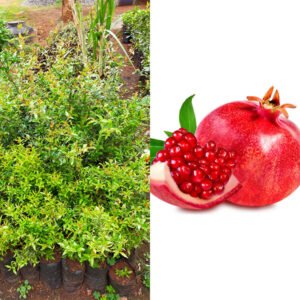
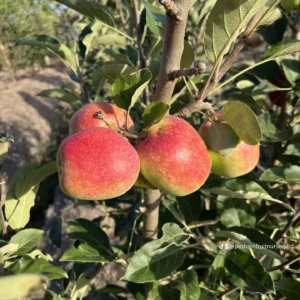
There are no reviews yet.